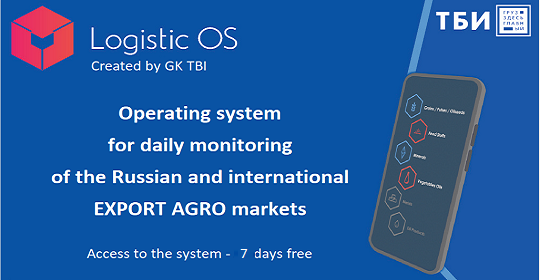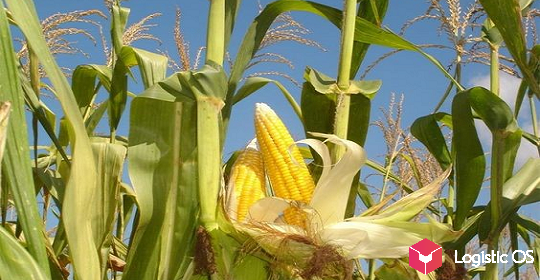According to analysts, Russia may show the worst result since 2018 in terms of corn harvest volumes.
Most likely, the forecast for corn in the Russian Federation this year will be no more than 11.9 million tons, analysts predict.
This is almost 30% less than last year, and the lowest value since 2018. At the same time, the yield of this crop this year has also shown a significant drop: the average figure has fallen by 1.7 times.
Experts attribute this mainly to the unfavorable weather conditions that have occurred this season.
In particular, a drought has set in in the south and central parts of Russia, which has led to the death of a significant part of the crops, as well as a decrease in yield.
Incidentally, such a negative trend is characteristic not only of corn.
There are forecasts that grain production in Russia as a whole will fall by 13% this year, to 124 million tons, while the wheat harvest will decrease by about 11%.
The reason is still the same — drought, to which late May frosts have been added this season.
Currently, corn harvesting is in the active phase.
As of September 19, a total of about 19% of this crop was harvested across the country. In particular, the harvesting campaign is currently underway in the Krasnodar, Stavropol, Voronezh, Belgorod and Tambov regions.
At the same time, the Ministry of Agriculture believes that the low corn harvest should not affect prices and lead to an increase in the price of this crop on the domestic Russian market.
A number of analysts agree with this. For example, Arkady Zlochevsky, President of the Russian Grain Union, believes that there is nothing critical in the decrease in the corn harvest.
“Corn is not our main crop. A decrease in its gross harvest will primarily affect the export potential. Domestic needs for this grain will be met in any case,” he believes.
At the same time, exports are an important component for Russian agricultural producers to receive income, so a potential drop in exports could negatively affect their financial condition.
However, although most experts are calm about the state of the domestic corn market in Russia, the price of this crop has been growing for a long time.
For example, a ton of corn inside the country now costs about 14 thousand rubles, while in a month it has risen in price by about 7%, and in a year — by 28%.
If this trend is compounded by a deficit due to a low harvest, it is possible that the price will become even higher.

